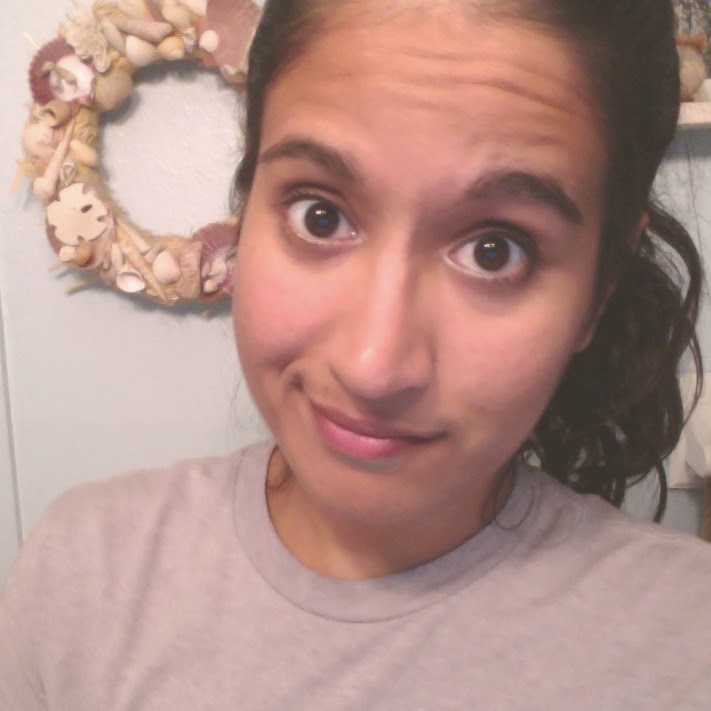My latest "looking forward to being home" project led me to my bathroom. Specifically, to my shower curtain. I like art. I sunflowers. I like Van Gogh. The answer was pretty clear. But all the shower curtains I found (and there are some pretty cool ones out there) were $50-$80...
No thanks.
I'll just make my own.
Here's what I wanted: Here's what I made:
Sunflowers, by Vincent Van Gogh
And here's what I used to make it:
- Little bottles of acrylic paint (once dry, they're waterproof.) // $0.50 each
- Opaque, PEVA shower curtain // $8
- Paint brushes
I kept the variety of paints pretty slim, knowing it'd be easier to just mix for the shades I don't have. But feel free to get different shades if that's easier for you!
Hang up the shower curtain taut against a wall (I used thumbtacks) because it makes it easier to measure the proportions of what you're trying to paint. Since you're not working on the floor, it allows you to work in small chunks at a time. Unless you're a professional artist (and I'm definitely not) your proportions might not be exact. That mountain might be steeper. That sky might be less cloudy. But that's okay, because you're making it your own.
Don't pile on the paint! If it's too thick, it'll peel right off. What you're painting on is essentially plastic, so the paint spreads easily. You won't need nearly as much as if you were painting on canvas or paper.

I didn't de-wrinkle the shower curtain before I began painting (I burned my first trial against a blow drier...) and found that the creases ease out over time.
There's something so therapeutic about spreading paint all over a large plastic sheet... and now the biggest thing in my bathroom makes me smile every time I look at it.
This is what home improvement is all about.
Just as I finished, I saw that this shower curtain on amazon went from $70 to $20... with free shipping...
(but I like mine better.)

























